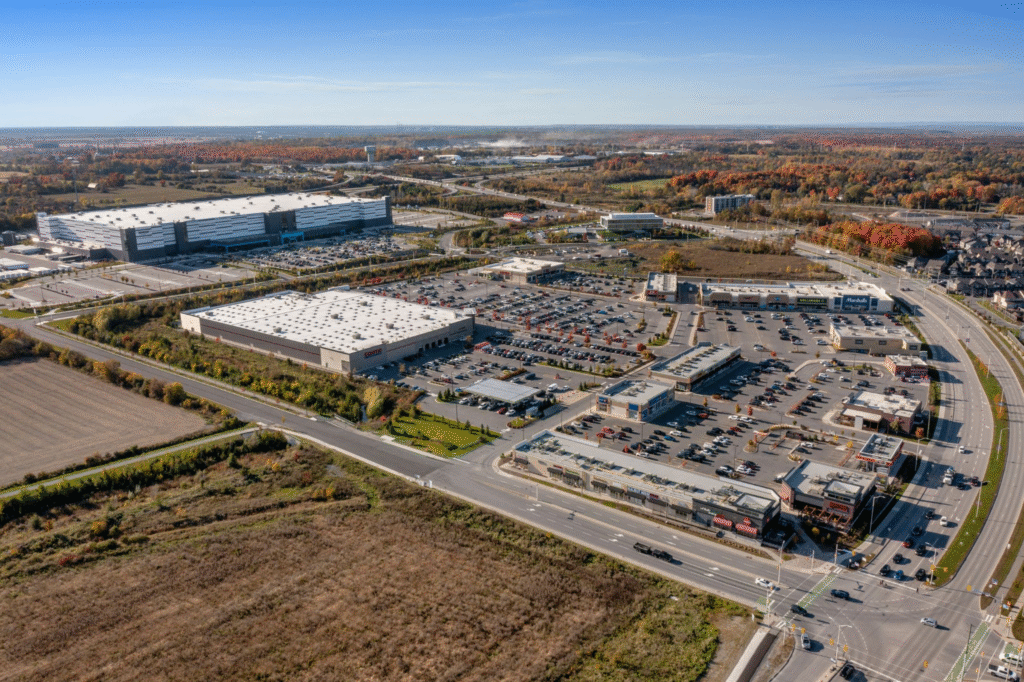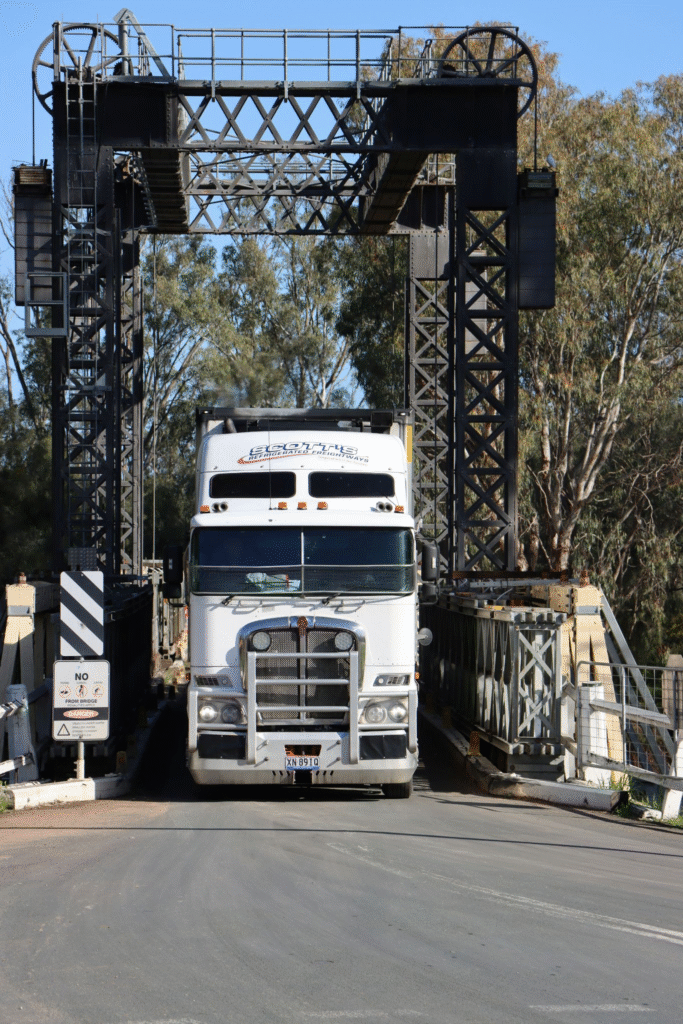On a breezy Tuesday morning in Queens, just past the school drop-off rush, I watched a line of small delivery vans idle near a cross-dock facility while a pair of day cabs rumbled toward the BQE. One driver, still in his reflective vest, FaceTimed his daughter to proofread a fourth-grade essay before his first parcel delivery run—an everyday act that felt like a minor miracle. In New York City, where minutes are counted in merges and green lights, home time isn’t an abstract idea; it’s the difference between catching a bedtime story and seeing your kids on a screen. For drivers scanning the market for NYC trucking jobs—whether with NYC local carriers or regional carriers NYC—work-life balance runs through every decision: shift patterns, route flexibility, warehouse proximity, and the fine print in home time policies.
So we went looking for the best NYC carriers that deliver something just as important as freight: realistic, dependable home time. From brand-name delivery companies to homegrown courier services, we spoke with managers, analyzed driver schedules, and looked at service area coverage, on time performance, and depot operations to find which trucking companies, courier companies, and logistics companies in New York City truly back up their promises. What follows is a friendly guide, built for humans first—drivers who want to be paid fairly and still make it home for dinner.
Top 9 NYC Local & Regional Carriers with Realistic Home Time

New York’s urban courier networks and regional carriers operate under a simple truth: efficiency is empathy. Better route optimization, load optimization, and fleet rotation aren’t just about customer service metrics or shipping solutions; they’re how companies minimize idle time policies, reduce driver turnover, and give drivers nights at home. Below, we profile nine big players—and one local standout—whose home time trucking NYC policies are built for the city’s reality.
Table: A quick snapshot of home-time and shift norms across carriers
| Carrier | Typical Shift Patterns | Home Time | Weekend Shifts | Notes on Route Flexibility |
| HMD Trucking | Day cabs; local and short regional | Home nightly or every 2–3 nights | Optional overtime pay | Strong load optimization; Queens/Yonkers turns |
| FedEx | P&D routes; early starts | Home daily | Peak season weekends | Route bidding; delivery density helps |
| UPS | Union bid routes; preload/feeder | Home daily (P&D), 1–2 nights out (feeder) | Mandatory in peaks | Stable lanes; strong on time performance |
| DHL | Express gateway runs; life sciences lanes | Home nightly or every 2–3 nights | Rotational | Specialized handling, cold chain options |
| USPS | City carrier, MVS, and contract HCR | Daily, with overtime peaks | Common | Fixed routes; strong package security |
| OnTrac | Last mile; e-commerce logistics | Home daily | Seasonal | Flexible zones; live tracking apps |
| GoBolt | Two-person, white-glove | Home daily | Rotational | Doorstep delivery; signature release |
| LSO | Interline East via partners | Varies by lane | As needed | Selective NYC coverage |
| GLS | Zone-skips, partner handoffs | Varies; some home nightly | Seasonal | Cross-dock facilities leverage |
| New York Messenger Service | Local courier runs | Home daily | Optional | Bike/van flexibility; urban courier networks |
1. HMD Trucking
HMD’s New York footprint centers on short regional and local turns that fit the rhythm of family life. The company pairs route optimization with warehouse proximity—common turns between New York City, Yonkers, and New Jersey—to reduce idle time and emphasize nightly home time. Drivers point to steady freight services, realistic home time policies, and a maintenance-first culture: vehicle maintenance is handled proactively, and insurance requirements are clearly explained during onboarding. For candidates seeking NYC trucking jobs with predictable schedules, HMD’s balanced model—mixing regional carriers duties with local carriers’ cadence—lands it on any list of best NYC carriers for work-life balance.
Apply here once you’re ready: HMD Trucking NYC local & regional jobs.
Q&A on schedules
Q: Will I be home every night?
A: On most local lanes, yes. Short regional runs might have you home every two to three nights, with weekend shifts available for overtime pay rather than mandatory.
Q: How does HMD handle route flexibility?
A: Dispatch leans on load optimization and delivery density to keep routes tight around Queens and Yonkers, with cross-dock facilities streamlining handoffs and minimizing deadhead.
Q: What about training and compliance?
A: Expect thorough background checks and hazmat training as needed, plus clear idle time policies and live tracking apps to reduce uncertainty during the day.
2. FedEx
As one of the most visible delivery companies on New York streets, FedEx employs a blended model: FedEx Express and FedEx Ground teams run dense last mile delivery across the five boroughs, while linehaul moves connect cross-dock facilities across the region. Drivers cite dependable home time thanks to consistent P&D routes, transparent driver schedules, and strong depot operations in the outer boroughs. With e-commerce logistics surging, FedEx’s shipping services prioritize package security and on time performance, aided by live tracking apps and signature release workflows.
Q&A on schedules
Q: Are routes fixed?
A: Many P&D drivers bid on consistent zones, which helps balance family routines. Shift patterns usually start early, translating to home time before dinner.
Q: What happens during peak season?
A: Weekend shifts increase, but overtime pay is available. Delivery options expand to meet demand, and route optimization tightens to manage delivery density.
3. UPS
New Yorkers know the brown trucks as a city constant. UPS is a cornerstone of parcel delivery and supply chain management, blending courier services with robust freight services between regional hubs. The company’s bid system and union frameworks bring rare stability to driver schedules. In New York City and Yonkers, warehouse proximity and route stability contribute to reliable home time for P&D drivers; feeder drivers typically see one to two nights out depending on runs. UPS’s customer service metrics, insurance requirements, and vehicle maintenance protocols remain industry benchmarks, and specialized handling lanes offer career growth without sacrificing balance.
Q&A on schedules
Q: What’s the home time reality for UPS in NYC?
A: P&D drivers are home daily. Feeder runs can involve short layovers, but lanes are predictable, allowing for planned family time.
Q: Do weekends spike?
A: During holidays, yes. UPS offsets this with overtime pay and scaling depot operations to preserve on time performance.
4. DHL
With a major presence at JFK, DHL runs a sophisticated portfolio: international express, life sciences, and cold chain options that require specialized handling. Many DHL drivers in the metro area run airport-to-depot shuttles or time-definite deliveries to labs and hospitals, capitalizing on route optimization and signature release protocols to maintain precision. For drivers who like specialized work with high standards, DHL’s service area coverage and load optimization sustain competitive home time trucking NYC outcomes—often nightly or every two to three nights—supported by rigorous package security controls and live tracking apps.
Q&A on schedules
Q: Are these shifts predictable?
A: Yes. Because many DHL runs are time-definite, shift patterns are consistent with scheduled airport arrivals.
Q: Does specialized handling affect home time?
A: Not negatively. Complexity is offset by streamlined cross-dock facilities and fleet rotation that keeps turn times tight.
5. USPS

USPS remains a backbone of NYC’s courier services ecosystem. Between city carrier routes, Motor Vehicle Service (MVS) roles, and contract HCR runs, the Postal Service offers steady delivery density and dependable home time—though heavy peaks are part of the job. Drivers praise predictable coverage across New York City and the proximity of depots to Queens and the other boroughs. USPS’s package delivery model emphasizes package security and signature release where required, with live tracking apps and standardized route flexibility giving drivers a consistent rhythm.
Q&A on schedules
Q: What’s the daily experience like?
A: You’re generally home daily, with occasional overtime during surges. Overtime pay is clearly defined.
Q: Are background checks and training extensive?
A: Yes. Background checks, route training, and safety standards—plus clear idle time policies—set steady expectations from day one.
6. OnTrac
Following its network integration with LaserShip, OnTrac now combines West and East Coast strengths, and New York City benefits. The company’s last mile delivery focus aligns with e-commerce logistics growth, offering dense urban coverage and flexible delivery options. Drivers in the metro area typically work day or swing shifts, home nightly, with weekend shifts spiking seasonally. OnTrac’s logistics solutions lean on route flexibility, live tracking apps, and cross-dock facilities to keep turnaround times tight and idle time minimal.
Q&A on schedules
Q: What does home time look like?
A: Daily. Most runs are local carriers operations within borough limits, with occasional regional carriers NYC handoffs.
Q: How does OnTrac manage workload in peaks?
A: Delivery density increases, but load optimization and dynamic dispatch help maintain fair driver schedules and protect home time.
7. GoBolt
GoBolt has carved a niche in white-glove, two-person deliveries for furniture and large-format e-commerce, mixing warehouse proximity with doorstep delivery finesse. The company’s model leans on route optimization, signature release, and specialized handling that values care as much as speed. For drivers and delivery associates in New York City, home time is typically daily; the team structure reduces solo strain and spreads weekend shifts in a rotation. With sustainability-minded fleet rotation and load optimization, GoBolt’s shipping services appeal to those seeking a hands-on role without giving up evenings.
Q&A on schedules
Q: Are shifts long with white-glove work?
A: There’s physical effort, but route density and scheduled installs keep days manageable. Most crews are home for dinner.
Q: What about training?
A: Specialized handling and customer service metrics are emphasized, along with safety, background checks, and clear insurance requirements.
8. LSO (Lone Star Overnight)
While LSO is better known across the South and Southwest, its national partnerships mean select NYC freight can connect through interline arrangements. For New York-based drivers working on dedicated accounts that touch LSO’s network—often via third-party logistics—home time depends on lane design: some drivers manage nightly home time by running cross-dock handoffs in the metro area; others may take 1–2 nights out to meet regional hubs. In all cases, LSO’s emphasis on on time performance and package security carries through, with clear guidelines on route flexibility and idle time policies.
Q&A on schedules
Q: Is LSO really an NYC option?
A: Yes, through partner-driven freight and negotiated handoffs. If your dispatcher aligns lanes around the tri-state, home time can remain consistent.
Q: Are weekend shifts common?
A: They’re tied to customer demand. Seasons with higher delivery options may add rotational weekends with overtime pay.
9. GLS (General Logistics Systems)
GLS operates a growing U.S. network that complements NYC through partner gateways and zone-skips. New York-area drivers plugging into GLS freight often see structured short-hauls to regional hubs, or local P&D via interlined courier companies. Cross-dock facilities and depot operations are the backbone here, with load optimization technology aligning lanes to protect home time. GLS’s approach to package delivery, customer service metrics, and route flexibility makes it a pragmatic choice for drivers who like predictable patterns and consistent pay.

Q&A on schedules
Q: How often are drivers home?
A: Many NYC-tied runs are same-day returns, with limited overnights on longer regional loops.
Q: Any specialized handling?
A: Yes—B2B deliveries may require appointment windows, signature release, and tight on time performance. Training covers those standards.
10. New York Messenger Service
For hyperlocal courier services, New York Messenger Service epitomizes the city’s street-level agility. Foot, bike, and van couriers run errands, documents, and rush packages across Manhattan, Queens, and beyond. Home time is effectively daily, with shift patterns that cater to students, parents, and career couriers who cherish flexibility. As one of the city’s local carriers, the company’s urban courier networks emphasize package security, live tracking apps, and route flexibility, enabling couriers to fine-tune a schedule that fits their life.
Q&A on schedules
Q: Can I set my own hours?
A: Many shifts are adjustable. Delivery options range from scheduled to on-demand, allowing you to prioritize family commitments.
Q: What about benefits and training?
A: Driver benefits vary by role, but baseline expectations include background checks, clear safety protocols, and a strong emphasis on customer service metrics.
Between these nine national and regional carriers—and a neighborhood stalwart—drivers will find multiple ways to stay close to home while building a career in logistics, shipping services, and e-commerce logistics. Whether you’re lining up in a yard in Yonkers or staging parcels in Queens, the right fit balances wages with rest, and duty with dinner.
Bridge: The difference-maker isn’t just the logo on the truck. It’s the unglamorous math of service area coverage, warehouse proximity, and shift patterns, all glued together by dispatchers who know that driver schedules are human schedules. When carriers treat route optimization as a form of respect, home time stops being a perk and becomes policy.
Conclusion

“I tried the long-haul life,” says Miguel R., a five-year veteran who now runs borough-to-borough routes and lives in Queens. “The money was good, but I’d sleep in a different zip code three nights a week. Now I’m home for dinner. My dispatcher watches delivery density and avoids sending me across the river at five o’clock. That’s the difference—someone looking at the same map and seeing my kid’s bedtime.”
For drivers evaluating NYC local carriers and regional carriers NYC, start with the basics: home time policies, route flexibility, weekend shifts, and how the company handles vehicle maintenance and insurance requirements. Ask about depot operations, cross-dock facilities, and warehouse proximity—signs that a carrier respects your time. Review their on time performance and customer service metrics; companies that care about those usually invest in live tracking apps, load optimization, and the kind of package security that keeps routes smooth. Finally, match your life to the lane: last mile delivery for daily home time, specialized handling for stability with a premium, or short regional freight services for slightly longer loops with reliable returns.
New York City will always be a hard-driving market. But with thoughtful logistics, better shipping solutions, and a culture that sees drivers as people first, the best NYC carriers are proving that home time trucking NYC doesn’t have to be a contradiction in terms. The right fit lets you earn a living and still make the moments that matter.
In the end, that driver I watched outside the cross-dock facility slipped his phone back into his pocket and climbed into the cab. He grinned. “Perfect score,” he said of the essay. Then the light turned green, and he eased into traffic—headed out to work, and back home the same day.




